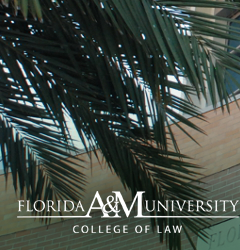Document Type
Article
Publication Date
Winter 2010
Abstract
The United States Constitution is a parsimonious document, meant to retain the dynamic processes of the three branches of government within their respective spheres and overarching principles, beyond which it offers the latitude necessary for the developing nation to adapt to future contingencies. The Congress and the President are the governing institutions of two of those branches, to which agility is essential as a matter of survival. The most agile tool that the President has is the executive order. There is no statutory authority for the federal executive order or any other source that describes its legal effect, as such, there is no formal definition.
This quasi-primer addresses executive orders in five sections. Part I is a brief history of the development of presidential orders. Part II discusses their formation scope. Part III addresses the authority for issuing executive orders. Part IV discusses limitations on their use. Finally, Part V investigates the underlying analytical and philosophical foundations that influence the creation of executive orders.
Recommended Citation
John C. Duncan, Jr., A Critical Consideration of Executive Orders: Glimmerings of Autopoiesis in the Executive Role, 35 Vt. L. Rev. 333 (2010)
